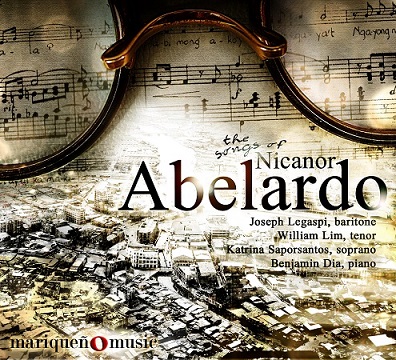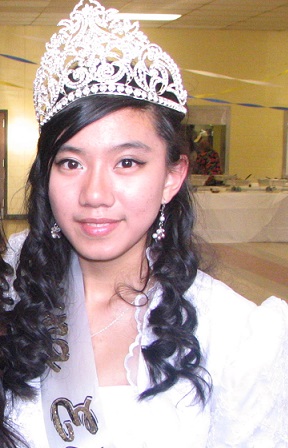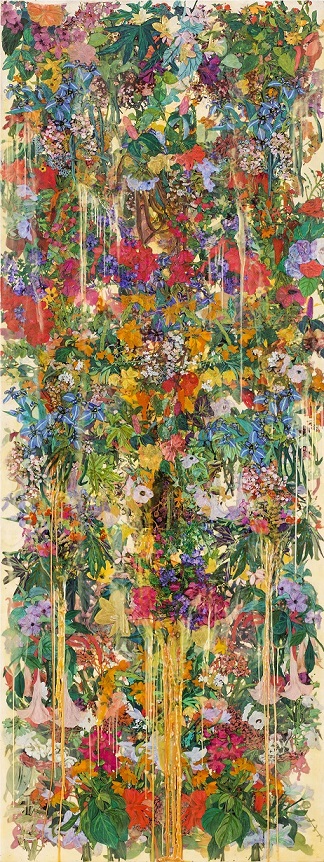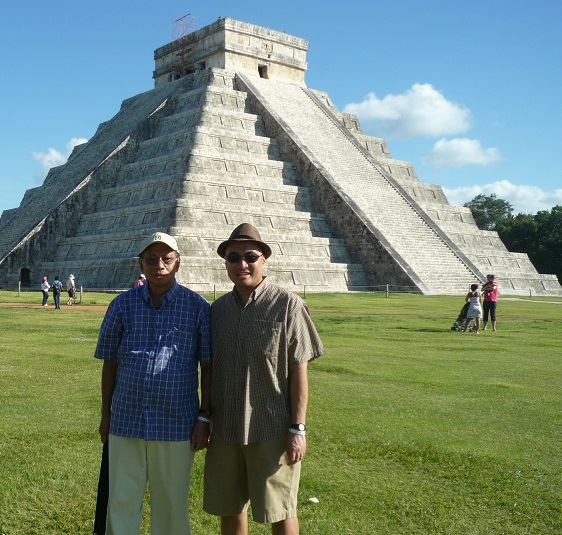Learning about the Mayans on a recent visit to Chichen Itza
By Wendell GaaTravel is said to be a potent cure for the diseases of ignorance, apathy and insularity. Aware of the nourishing benefits derived from travelling, I decided to join my parents when they recently spent two weeks of their retirement in the Yucatan peninsula region in Mexico.
I flew from New York down to Florida for a one-night stopover, and then took a one and a half hour-flight to Cancun the following morning to meet up with my parents at their chosen resort. While knowing beforehand the allure of the beach along the Cancun shores facing the clear blue Caribbean Sea, my main purpose was actually to experience the astonishing history of the Yucatan region, and I just knew there could be no better way to accomplish this than to see up close and personal the ancient Mayan ruins at Chichen Itza, one of the New Seven Man-made Wonders of the World.
From our charming hotel, our entire group of 15 folks – fraternity brothers and sorority sisters of my parents — began our early morning tour in a compact van. We were to be hosted the entire day by our newfound friend and guide Manuel (who jokingly and affectionately called himself “Manny Pacquiao”), who proficiently shared with us some very fascinating historical facts and tidbits about the Mayan civilization and their significant contributions to human progress, particularly in the fields of agriculture (one of the earliest pioneers of chocolate), mathematics, and astronomy. He happened to be of Mayan descent, and he excitedly pointed out the village huts partially hidden in the jungles along the highway inhabited by the indigenous Mayans of Yucatan who were basically living their own traditional lives with little regulations from the federal government.
Our travel along the jungle-laced highway ended three hours later at Chichen Itza. I could barely contain my excitement as soon as we disembarked and walked towards the site’s entrance gates. For my father, a retired diplomat, it was another lifelong dream come true to encounter yet another notable archaeological monument, the exact same way he felt when he first set his eyes upon the Roman Colosseum, Great Wall of China, the Acropolis in Greece, the Banawe Rice Terraces, and the Taj Mahal in India.
Manuel led us as we strolled through the ruins. He told us how long ago when Europe and much of the Western world were still absorbed in the Medieval Age, the Mayans were already constructing this majestic city stone-by-stone which became a primary political center of their civilization. The centerpiece of Chichen Itza, the great pyramid called “El Castillo” was built as a tribute to their all-powerful deity known as Kukulcan. Manuel further informed us that amazingly, the 91 steps on each side of the great pyramid and one of the altars add up to a total of 365 steps, the exact number of days in a year! This is further proof of the technological and engineering ingenuity of these ancient people, long before the age of calculators and formal mathematical equations.
Scanning the huge central pyramid and the nearby excavated structures provided us an uncommon pleasure. Such would be the sensation when one sees for the first time truly archeological treasures such as the still standing pillars, the ancient church, the astronomy tower, the head statues of rattlesnakes they apparently worshipped. Still sound was the playground where the Mayans played an ancient ballgame – ‘juego de pelota’ — wherein two teams would attempt to shoot a ball through a high-perched loop using only their feet, legs, thighs, waists, hips, knees and elbows. Then there was the astounding phenomenon – it is said that on the 21st of March and September every year – the equinox – when the sun shines on the front exterior of the pyramid, you can see the outline of the sunlight ascending the sidesteps of the pyramid like a serpent piercing through an aperture. Fortunately for us, we were there at the time of day when we could see this uncanny light shape but since it was already in the month of October its reach was already short of the small window.
Manuel would later confirm that Chichen Itza was a prime urban center during the Late Classic period of the Mayan Empire (600-900 AD) all the way through to the Terminal Classic period (800-900 AD) and into the early years of the Early Post-Classic period (900-1200 AD). It was surely one thing to hear about this great archaeological site, and yet another to actually be there and feel and see the genius of the ancient Mayans at the pinnacle of their power.
One learned that there were certain aspects of Mayan culture that sounded a bit disturbing, such as priests performing human sacrifices at their temples in honor of their god Kukulcan (as depicted in the Hollywood film “Apocalypto”), which in later times became a practice associated with ancient Mesoamerica. But there was so much more to the Mayans than such reported barbaric rituals. The Mayans also left a legacy of architectural and astrological innovations which helped shape the modern world. After visiting Chichen Itza, one can appreciate that hundreds of years before the rise of the Europeans, human inventiveness already thrived and prospered in other parts of the world.
The San Francisco-born Wendell Gaa is an assistant for the political/economic/visa section of the Philippine Consulate General in New York City. His father is Willy Gaa, the Philippine Ambassador to the United States from 2006 to 2011. The elder Gaa served as Consul General in New York in the late 1990s.












[…] The Mayans also left a legacy of architectural and astrological innovations which helped shape the modern world. After visiting Chichen Itza, one can appreciate that hundreds of years before the rise of the Europeans, human inventiveness already thrived and prospered in other parts of the world. – The FilAm […]